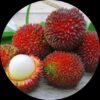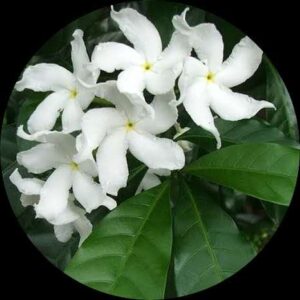- Empty cart.
- Continue Shopping
Pista
Original price was: ₹675.00.₹470.00Current price is: ₹470.00.
Genus : Pistacia Vera
“Enhance your garden with our premium pista fruit plant, known for its high quality and healthy growth. This variety offers a rewarding cultivation experience, providing you with delicious and nutritious pistachios. Grow your own supply of this sought-after nut and enjoy its unique flavor and numerous health benefits.”
Pistachio nut plants, scientifically known as Pistacia vera, are small, deciduous trees that are native to Western Asia and the Middle East. They are widely grown around the world for their delicious, nutrient-rich nuts.
The pistachio tree can grow up to 10 meters in height and has a dense, bushy growth habit. It has long, pinnate leaves that are bright green in color and produces small, reddish-green flowers that bloom in early spring. The fruit of the pistachio tree is a small, oval-shaped nut with a hard, beige-colored shell that splits open to reveal the edible kernel.
Pistachio nuts are rich in healthy fats, protein, fiber, and a range of vitamins and minerals, including vitamin E, potassium, and magnesium. They are commonly eaten as a snack and are also used in a variety of culinary dishes, from desserts and baked goods to savory snacks and sauces.
Pistachio nut plants require a warm, dry climate to grow and thrive. They prefer well-draining soil that is moderately alkaline in pH and can tolerate a range of soil types, including sandy, loamy, and clay soils. These trees are also drought-tolerant and can survive in regions with limited water availability.
Pistachio nut plants are typically grown from grafted saplings, as they do not produce true-to-type seeds. They require regular pruning to maintain their shape and promote healthy nut production. Pistachio trees can produce nuts for up to 50 years, with peak production occurring between 7-20 years of age.
In addition to their culinary uses, pistachio nut plants have been used in traditional medicine for centuries. They are believed to have anti-inflammatory and antioxidant properties, as well as benefits for cardiovascular health and blood sugar regulation.
Overall, pistachio nut plants are a valuable and versatile crop that is well-suited for cultivation in warm, dry climates. Their delicious and nutritious nuts, as well as their potential health benefits, make them a popular choice among farmers and consumers alike.













Reviews
There are no reviews yet.